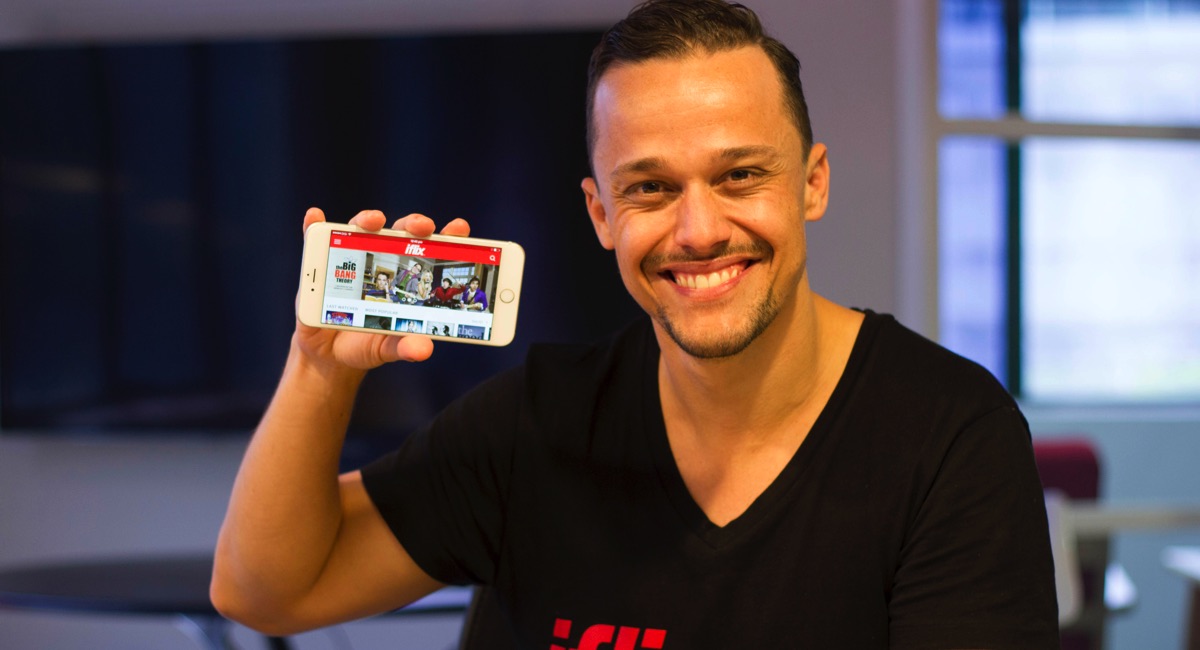The APOS 2018 Conference in Bali was held this week and saw a raft of major announcements from broadcasters serving viewers in the Asia-Pacific and beyond.
See Mediaweek Asia with Peter Olszewski today for more from the conference.
One of the bigger announcements came from iflix as it launches a new mass market platform.
iflix said that with the upcoming launch of iflix 3.0, the company moves away from the traditional subscription video on demand (SVOD) model to introduce the first-of-its-kind mass market platform specifically created for over one billion consumers in emerging markets.
iflix 3.0 will introduce, among many other new features, a free tier with unique new features and content, allowing users to preview, explore and discover new content, including movie of the day, and premium short-form content comprising originals, leading formats and programs. All content will be produced and managed through the company’s recently announced short-form content studio, Studio 215. The studio will produce an estimated 2,000 original short-form items by the end of the year, with 50 new items added to the site daily by June.
Advertisers will now have the opportunity to engage with millions of users on iflix’s platform through integrated, targeted, premium content and commercial partnerships.
iflix group co-founder and CEO Mark Britt said: “When we began iflix, we naively believed that the Western entertainment model could easily succeed in emerging markets, and that price would be the primary customer pain point. Looking back now, we realise how superficial that view was. Fast forward nearly three years. Having now served 30,000 years of content to more than 12 million customers across 30 markets, we have a much deeper understanding of the localisation requirements, and infrastructure, payments and authentication issues within our territories. The data and learnings we’ve acquired from solving these challenges enables us today to build a product exclusively for emerging market customers and challenge many of the traditional metaphors that exist within our industry.”
